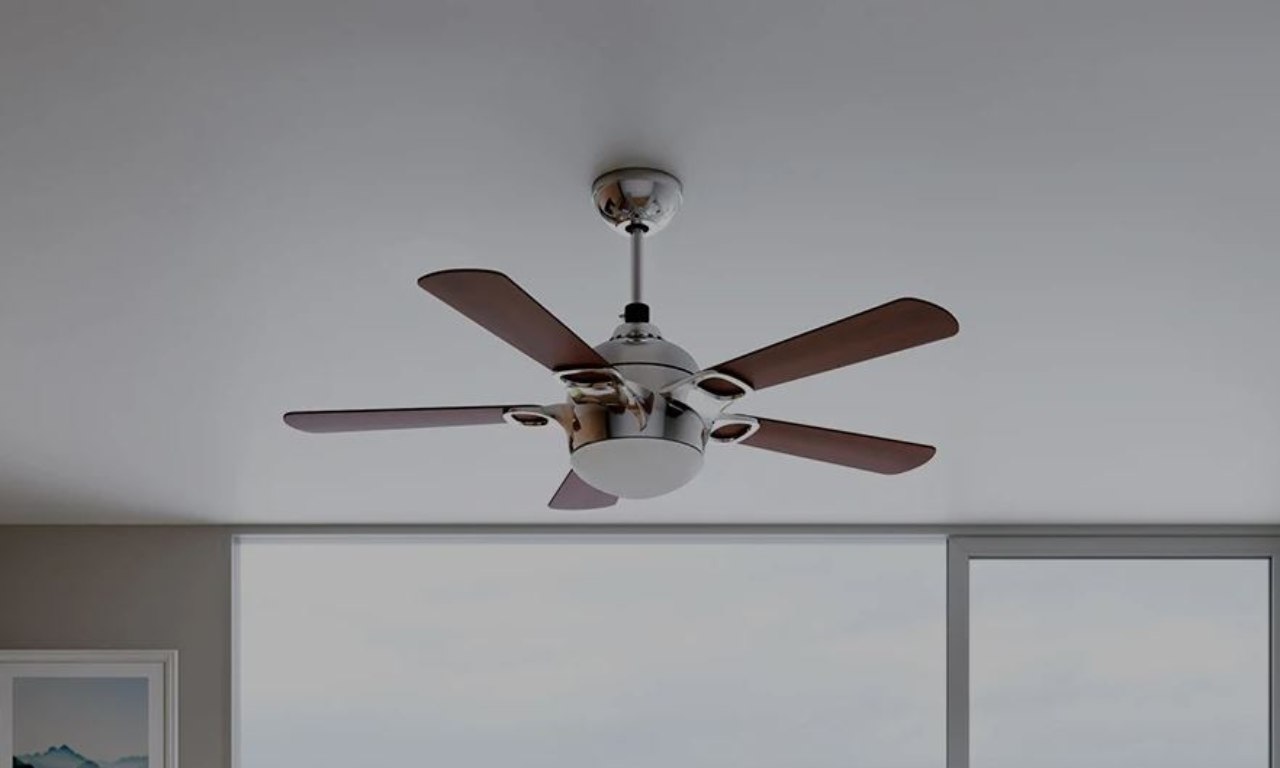The Cooperative of Photography, better known as COOPH, has shared ‘Droneception,’ a quick tutorial video that breaks down how to create ‘mind-bending’ drone images using two-shot, three-shot and more advanced multi-shot methods.
The video is three-and-a-half minutes long with only visuals and text overlays for instructions, but it’s succinct and manages to effectively convey the steps required to get the shots and make the final compositions. These methods should work with nearly any drone, so whether you’re using the newest DJI or a few year old no-name brand, the magic happens with the creative thinking ahead of time and the post-processing done afterwards.
 |
For more videos, head over and subscribe to COOPH’s YouTube Channel.
Fujifilm’s latest entry-level Instax Mini model offers improved auto exposure over its predecessor and a simple-to-use interface. However, fun features and creative controls are mostly absent.
With dual processors, dual card slots and more, Nikon’s Z7 Mark II is a more capable camera than its predecessor in every way. But of course, we have a few remaining qualms – find out just what we make of the Z7 II right here.
The Nikon Z6 II builds on the well-rounded stills and video features of its predecessor, with the addition of dual processors, dual card slots and the option to add a full battery grip. It’s a subtle evolution but enough to keep the $2000 Z model competitive.
For still photographers, we feel the Nikon Z5 represents the best value for the money when it comes to full-frame mirrorless cameras. Which is why it receives our top award.



















/https://specials-images.forbesimg.com/imageserve/5f8cbaa8e4632cc22dbb826a/0x0.jpg)



